Tate Britain |
|
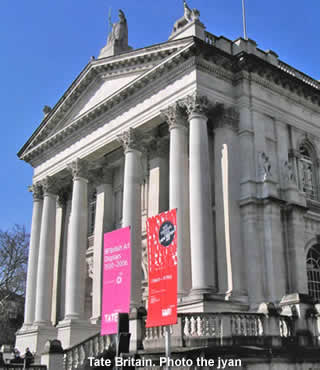 |
|||
A gallery displaying the world's largest collection of British art |
|||||
Listen to this article |
|||||
|
|||||
The Tate was in fact the Tate modern of its day when it opened in 1897. This was because it originally housed only British modern art of the day – namely, Victorian art, which of course now have become historical pieces. |
|||||
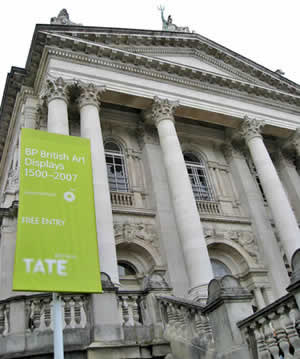 Photo rizkapb |
|||||
It was Henry Tate, a big-time sugar trader, who also happened to be a major collector of Victorian art, who offered to fund the building of an art Gallery in collaboration with the State. The site was at Pimlico, where the former Millbank prison stood. He donated his extensive collection to the gallery, and the Tate was born. It was then called the National Gallery of British Art. |
|||||
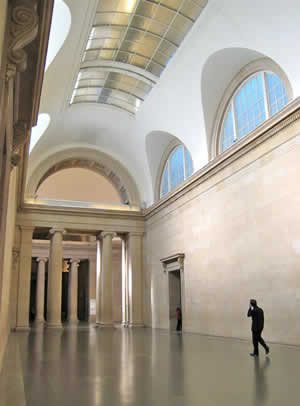 Photo John Jobby |
|||||
In 1915 the Tate expanded its exhibitions to include foreign art, when Hugh Lane donated his collection of European Modern Art. Some controversy surrounds this, as at his death it was thought Lane bequeathed his collection to the Tate. Yet a year later, unwitnessed additions to his will showed that this donation was actually intended for the Municipal Gallery of Modern Art in Dublin, which was the first public gallery of modern art in the world. The Tate held on to the works however, but in 1959 somewhat of a truce was reached, albeit a rather unfair one, whereby half of Lane’s collection is shown in the Dublin gallery every five years. Now however, 31 of Lane’s 39 paintings stay in Dublin permanently. Of the remaining eight, four at a time are sent to Dublin, where they stay for six years at a time. |
|||||
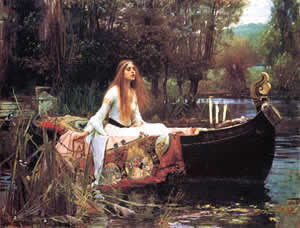 JW Waterhouse's Lady of Shalott Source WikiMedia (PD) |
|||||
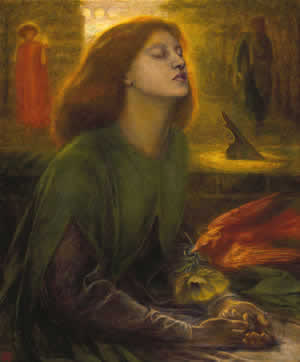 Dante Gabriel Rossetti's Beata Beatrix, completed in 1872 Source WikiMedia (PD) |
|||||
|
|||||
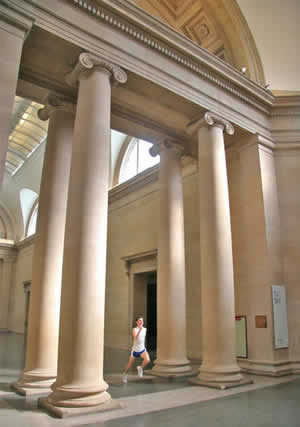 Martin Creed's Runner Photo ryanfb |
|||||
Nowadays, newly called The Tate Britain, the gallery houses art from 1500 to the present day. There have in fact been many controversies over the years surrounding collections left to the gallery, exhibited in it or pieces bought by it! However despite this, or in fact perhaps because of it, Tate Britain houses a renown and richly enjoyable collections of great pieces from around the world. There is also a Tate Liverpool, a Tate St Ives, and of course the Tate Modern. Each year, the Turner Prize is awarded at one of these galleries. It goes to an artist under 50 who is either British or working primarily in Britain. It always attracts much media attention, great controversy and even in the past some demonstrations! |
|||||
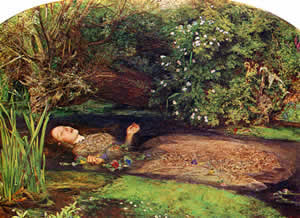 John Millais's Ophelia, which featured in Shakespeare's Hamlet Source WikiMedia (PD) |
|||||
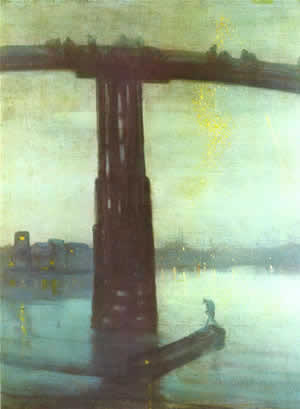 James McNeill Whistler's Nocturne in Blue and Gold: Old Battersea Bridge, painted around 1875 and showing the old wooden Battersea Bridge Source WikiMedia (PD) |
|||||
|
|||||
|
|||||
The Tate Britain is open daily 10am to 6pm. Entry is FREE. There is a regular programme of temporary exhibitions (charge). Nearest Tube Station Pimlico. Tel: 020 7887 8888 |
|||||
|
Pocket Britain is optimised for use on a smartphone or tablet with internet access. All content is subject to copyright. All reasonable methods have been used to ensure information supplied is accurate at the time of publication. However, it is advisable to check information before relying on it. Privacy Policy |